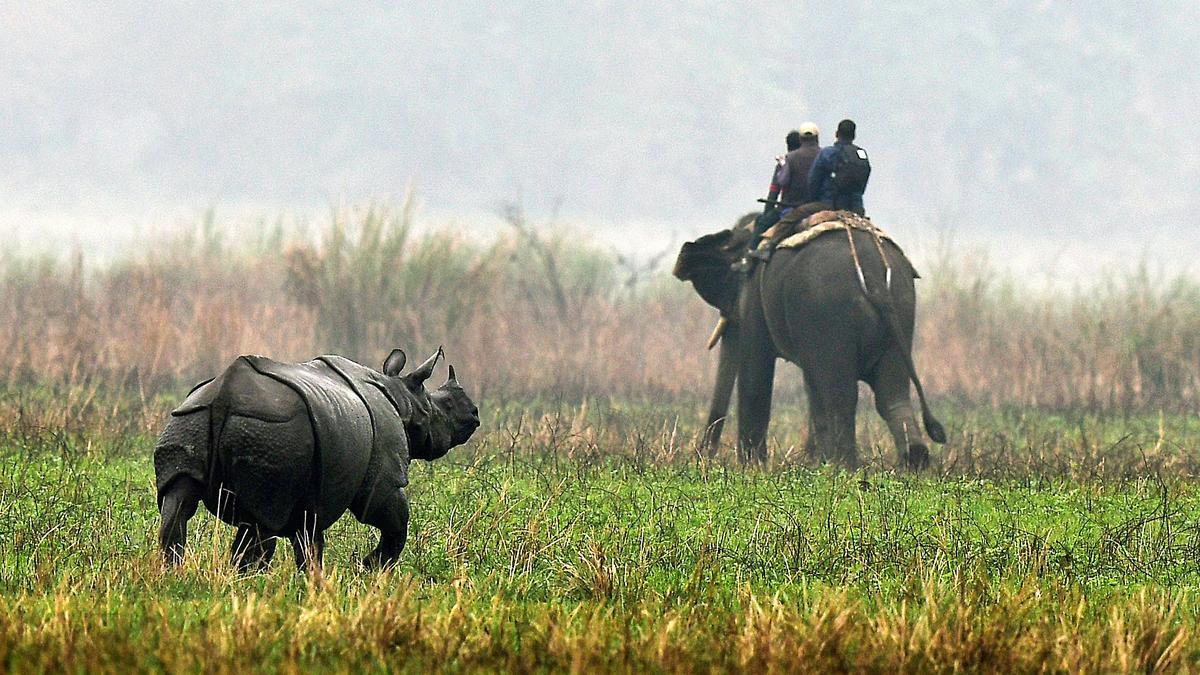Home / Environment / Kaziranga National Park Safeguards 40% of Northeast India's Amphibians and Reptiles
Kaziranga National Park Safeguards 40% of Northeast India's Amphibians and Reptiles
7 Nov
Summary
- Kaziranga National Park houses 40% of Northeast India's amphibian and reptile species
- The park supports over 18% of the region's freshwater fish diversity
- Surveys document threatened species like king cobra and Assam roofed turtle

According to surveys conducted in July-September 2025, Kaziranga National Park and Tiger Reserve in Assam is home to a remarkable diversity of wildlife. The 1,307.49 sq. km park houses almost 40% of the 274 species of amphibians and reptiles found across Northeast India, as well as more than 18% of the 422 species of freshwater fish recorded in the region.
The surveys, carried out by Kaziranga officials in collaboration with the Wildlife Institute of India, reveal that the park's wetlands support 77 species of freshwater fish, accounting for over 35% of Assam's ichthyofauna. The report also documents the presence of threatened species such as the vulnerable Wallago attu and Cirrhinus cirrhosus, the near-threatened Parambassis lala and Ompok pabda, and the endangered Clarias magur.
The herpetofauna recorded in Kaziranga include 19 genera and 14 families, with several threatened species like the king cobra, Assam roofed turtle, and the critically endangered Nilssonia nigricans. The surveys highlight the park's ecological significance as a key refuge for freshwater biodiversity in the Brahmaputra basin, and the need for long-term monitoring and stronger conservation measures to address emerging threats like climate change, siltation, and unregulated fishing.




